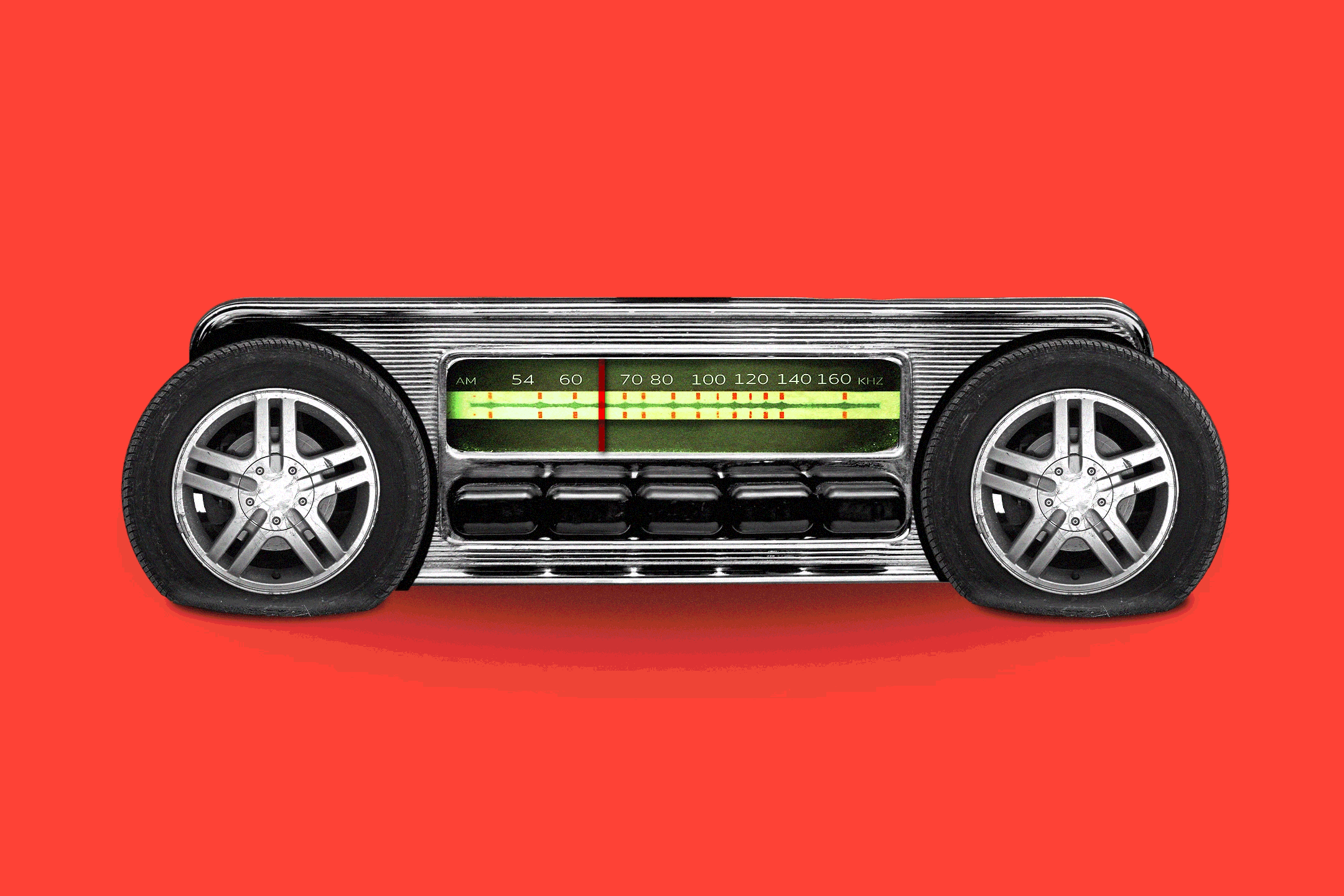A Step for Diversity in Radio
- Share via
One reason for all the sound-alike Lite FMs and Power Whatevers on the radio is that in 1996 Congress passed a law allowing a single radio chain to own many stations in the same city.
Broadcasters somehow sold the Telecommunications Act of 1996 as a way of promoting diversity on the airwaves, but the law has done the opposite, letting a handful of chains snatch up most of the nation’s former single-owner commercial radio stations.
On Thursday the Federal Communications Commission took a small but significant step to counter the trend toward consolidation, approving new licensing rules that will allow churches, schools and other grass-roots community groups to start and run hundreds of nonprofit low-power FM radio stations by as early as this summer. The tiny noncommercial stations could air anything: Korean talk radio, zydeco music, open-mike sessions for singer-songwriters or comedians.
The new plan prevents broadcast networks from grabbing up the new stations by limiting the number of licenses a single entity can own and requiring that license holders have a genuine base in the community.
Broadcast industry officials vow to “aggressively” oppose the plan, contending it will interfere with existing broadcast signals. But the FCC’s final, scaled-back plan allows only for stations with power 100 times less than that of big commercial stations, with ample separation on the dial. Only the tiniest stations--with 10-watt transmitters and a range of a mile or so--are likely to be allowed on crowded airwaves like Los Angeles’.
The FCC’s plan will hardly transform radio, as its more breathless proponents claim. But it could at least offer something beyond the handful of strict formats that dominates commercial radio now.
More to Read
The biggest entertainment stories
Get our big stories about Hollywood, film, television, music, arts, culture and more right in your inbox as soon as they publish.
You may occasionally receive promotional content from the Los Angeles Times.










